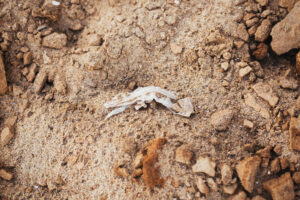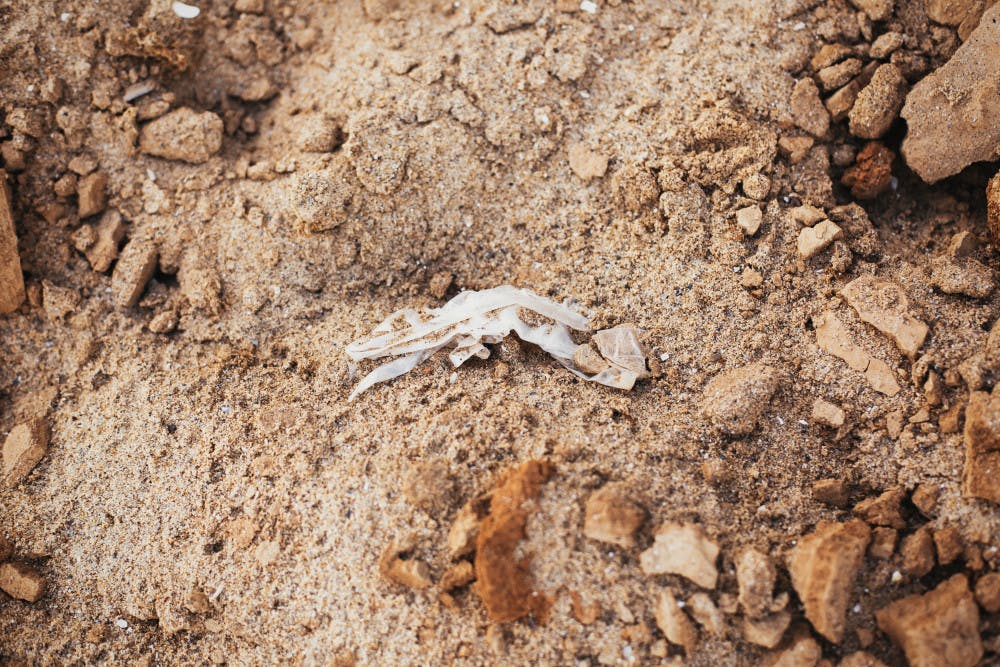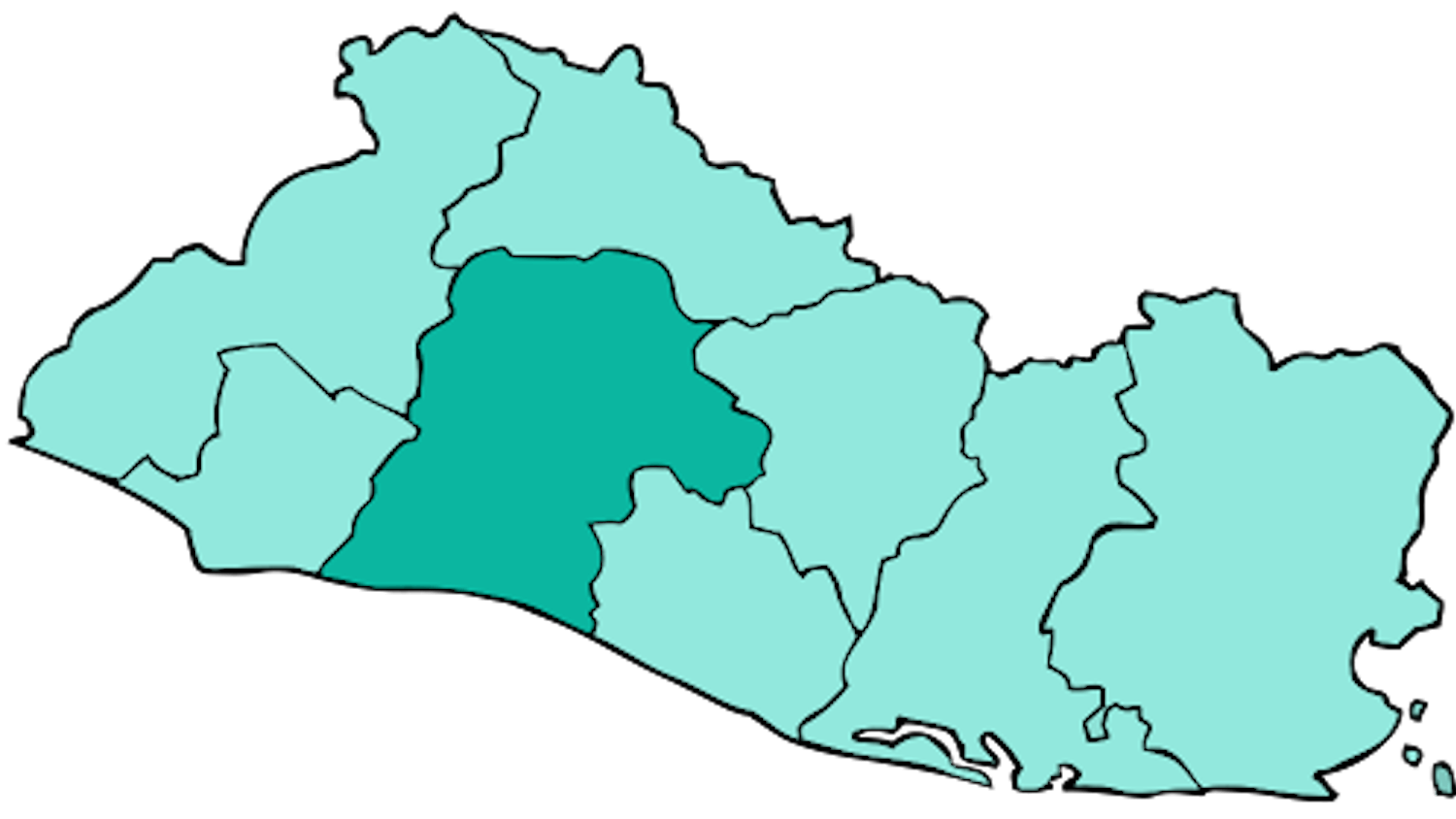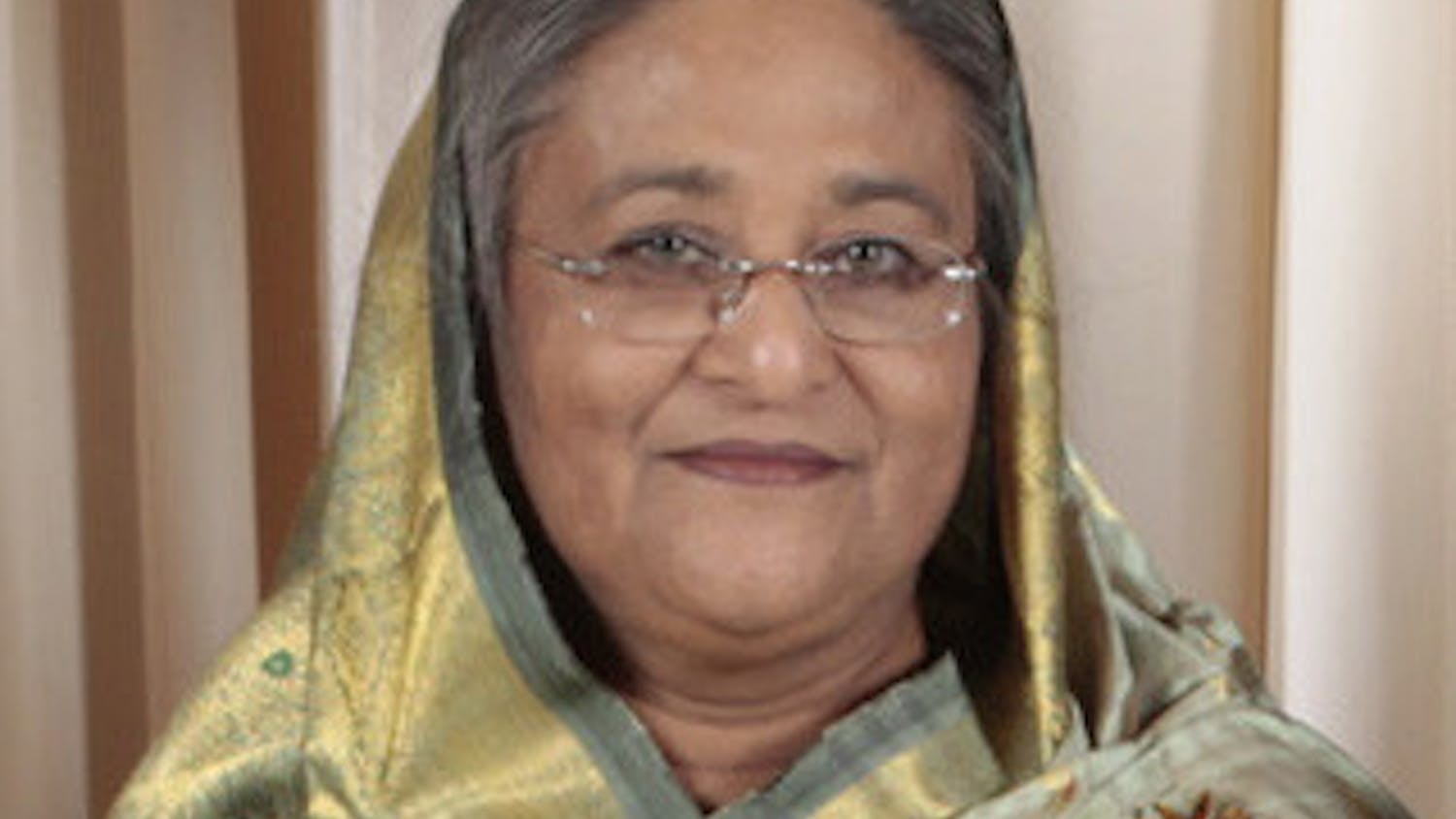By Eric Preisler
Staff Writer
A mudslide swept through Mocoa Colombia and killed 306 people, including 92 children, on March 31, according to Channel News Asia.
The flood swept through the city, carrying debris and leveling homes, The New York Times reported.
According to the same source, on April 2, the city was cut off from vital resources such as gasoline, clean water and electricity.
“There’s not a single drop of drinkable water — we need water, that’s what’s urgent — and there’s nothing to eat,” said Marisol González, the head of a nearby technological institute, according to The New York Times.
Heavy rain resulted in the overflowing of three rivers surrounding Mocoa, CNN reported. In the week leading up to the tragedy, it is estimated that the region received between 5 and 8 inches of rain.
Further challenges await, as 340 people have been injured and more than 300 people were unaccounted for after the mudslide, according to CBS.

“‘Hundreds are still missing after rivers overflowed Friday night, sending water, mud and boulders crashing through Mocoa. … About half of the town's neighborhoods were damaged or completely wiped out,’” said John Otis, an NPR reporter.
Some of the hardest hit neighborhoods were impoverished. Many of the residents in these neighborhoods were displaced during Colombia’s civil war, which lasted for five decades, according to Channel News Asia.
There is widespread damage and mourning throughout the city.,
“On every corner there was someone mourning the death of a relative or a friend, or the sudden loss of the product of an entire lifetime's work,” reported El Tiempo, a nationally distributed Colombian newspaper, according to NPR.
More than 1,000 police officers and soldiers aided in rescue efforts, and the Colombian Red Cross is connecting separated family members, according to NPR.
Supplies are being brought to those affected by the mudslide. Colombian President Juan Manuel Santos ensured that in addition to the 10 water tanks in place, 16 more were on the way, along with new water purification systems, CNN reported.
There have been foreshadowings of a disaster like this occurring.
“A 1989 hydrology report for the Agricultural Ministry warned that just such a disaster could happen unless steps were taken to reinforce the riverbanks,” Associated Press reported. Santos and the government have been criticized for not doing more to protect the region despite such warnings.
The potential for disaster was also brought to the attention of locals.
“People were warned. It was known that the mountain was coming, but nobody did anything because we don’t pay attention to rumors,” said Jaime Martinez, a man whose home was destroyed by the mudslide, according to CBS.
To prevent similar disasters in the future Marcela Quintero, a researcher with the International Center for Tropical Agriculture suggested people move away from flood-prone areas.
“The most important thing here is that people should not settle again in areas that are very high risk and prone to flooding and that measures are put in place to conserve the areas upstream,” Quintero said, CBS reported.







